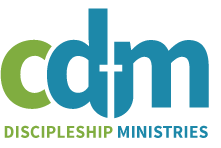![]() For those who are familiar with the Evangelical Training Association (ETA, formally the ETTA), here are some of their works made available again, this time as compilations. These books are designed for new Christians who want to know the basics of the faith. They were originally created for teachers who wanted to teach the basics. Each chapter contains application activities and discussion questions for individual use or group study.
For those who are familiar with the Evangelical Training Association (ETA, formally the ETTA), here are some of their works made available again, this time as compilations. These books are designed for new Christians who want to know the basics of the faith. They were originally created for teachers who wanted to teach the basics. Each chapter contains application activities and discussion questions for individual use or group study.
Exploring the Bible contains three books: Exploring the Basics of the Bible by R. Laird Harris (PCA, who went to be with the Lord in May of this year), Exploring the Old Testament by Samuel Schultz and Gary Smith, and Exploring the New Testament by Walter Dunnett.
Exploring Church History has three sections by James Eckman: Exploring Church History, The Truth about Worldviews, and Biblical Ethics.
Exploring Theology also has three parts by Clarence Benson (founder of ETA) and Robert Morgan: The One True God, Biblical Faith, and Evidence and Truth.
In today’s world, many have lost sight of the basics of our faith. here is a collection of three books that are great for new Christians, teachers, and those who have not learned, or have forgotten, the basics.
